ASICS x CEC: City Living is a Sport – ft. Reagan Paulsen
‘THE GRAPHIC DESIGNER THAT CAN ALSO DO EVERYTHING ELSE FOR YOUR BRIEF.’
Being a creative means wearing many hats – and your portfolio should reflect as such. He’s that graphic designer with the knowledge that design is a language with many tones of expression, and that storytelling is the key to unlocking any project. You can catch him somewhere between Cape Town and Ho Chi Minh City, finessing a brand deck at the coffee shop (bonus points if he leaves with a new collab idea).
City living is an endurance game, a relentless rhythm that requires agility, foresight, and the ability to pivot at a moment’s notice. In our latest editorial campaign with ASICS SportStyle, ‘City Living Is A Sport,’ we celebrate the creatives who navigate this landscape with precision. Over five weeks, we’re spotlighting a roster of individuals who channel the pulse of their cities into their work.
So far, we’ve covered the Creative Director, Andile ‘Ace’ Dlamini and the Art Director, Tarryn Bambi Tippens. Next up? Reagan Paulsen, a graphic designer whose versatility makes him an essential creative force in any project. As a creative problem solver with a foundation in product design, Reagan moves fluidly between disciplines, ensuring that each project is as cohesive as it is dynamic. Whether he’s crafting a brand deck in a Cape Town coffee shop or brainstorming collaborations in Ho Chi Minh City (where he just moved to), his approach is underpinned by a clear philosophy: storytelling is the key to unlocking any project.
‘CITY LIVING IS A SPORT’ Produced by CEC for ASICS SportStyle with Creative Direction by Candice Erasmus, Talent: Reagan Paulsen, Photographer: Keegan Foreman
‘CITY LIVING IS A SPORT’ Produced by CEC for ASICS SportStyle with Creative Direction by Candice Erasmus, Talent: Reagan Paulsen, Photographer: Keegan Foreman
“Consistency,” Reagan says when asked about the most critical yet overlooked element of design. “Coming from a product design background in the fashion industry, I know the importance of tying every element to a project’s core identity. It’s beyond aesthetics, it’s about purpose—whether it’s ensuring a graphic complements the garment or that it aligns with the brand’s vision.”
This understanding sets Reagan apart. He recognises that good design extends to encompass alignment, functionality, and cohesion. Reagan’s ability to translate this into different mediums—be it a campaign, a collection, or a digital space—ensures his work remains both impactful and relevant.
Reagan’s adaptability is rooted in his dual expertise in product and graphic design. “My background in fashion helps me think beyond just visuals—I consider how a design interacts with fabrics, fits, and the wearer’s lifestyle. This lets me adapt to different projects while staying true to my clean, bold, and purposeful design philosophy.”
Reagan thrives in the intersection of aesthetics and function, approaching every project with the same incisive attention to detail. This balance allows him to shift between industries without diluting his creative voice—a rare ability in today’s fast-moving creative landscape. Streetwear’s DNA is embedded in his design philosophy. “Streetwear taught me the value of authenticity and functionality. With my foundation in product design, I bring a hands-on approach to creating pieces that merge utility with creative expression. For me, every design—whether graphic or garment—needs to feel intentional and culturally relevant.”
Reagan understands that streetwear is a movement and a means of expression. His work reflects this ideology, always informed by the cultural undercurrents shaping the industry, and that design as an overall discipline (no matter the medium) is a balancing act between restraint and experimentation. “It’s all about the project’s intent. My product design background taught me the power of simplicity when function is key, while my graphic design work lets me experiment with bold visuals when creativity takes center stage. I find balance by staying grounded in the purpose behind the design.”
Reagan’s process is as calculated as it is instinctual, allowing him to pivot between minimalism and maximalism with ease.
For ‘City Living Is A Sport’, Reagan is dressed for the challenge: with ASICS’ performance-driven, city-ready gear aligns perfectly with Paulsen’s philosophy. His look in the campaign is curated for those who need both style and utility in their daily lives, as Reagan sports the ASICS GEL-NYC™ Sneakers, a hybrid of heritage and modern performance, combining the GEL-NIMBUS™ 3 upper with the GEL-MC PLUS™ V’s detailing. Paired with the ASICS FUJITRAIL WATERPROOF Jacket in Magnetic Blue, the jacket is designed in collaboration with trail athletes and tested in extreme conditions, this waterproof, lightweight, and breathable jacket is the ultimate shield against the elements. Made with Pertex Shield fabric from Japan, it offers superior freedom of movement and practicality—essential for a designer constantly on the move. To complete the look, Reagan also wears the ASICS ROAD GRAPHIC SS Tee: A stylish yet functional tee made from a soft cotton blend with quick-drying technology, ensuring comfort whether he’s working, training, or exploring the city, and topped off with a classic ASICS 5-PANEL Cap for a final touch of streetwear sensibility, offering protection and a subtle nod to Paulsen’s design-forward aesthetic.
‘CITY LIVING IS A SPORT’ Produced by CEC for ASICS SportStyle with Creative Direction by Candice Erasmus, Talent: Reagan Paulsen, Photographer: Keegan Foreman
‘CITY LIVING IS A SPORT’ Produced by CEC for ASICS SportStyle with Creative Direction by Candice Erasmus, Talent: Reagan Paulsen, Photographer: Keegan Foreman
Reagan Paulsen embodies the ethos of ‘City Living Is A Sport’—a designer who creates for the city he lives in; actively moves through it, thriving in its unpredictability. “To me, this tagline speaks to the energy and adaptability required to thrive in an urban environment. As an active individual, I value versatility—not just in my designs but in my lifestyle. I look for garments that transition seamlessly from city life to the outdoors, whether I’m out with friends or going for a run or trek surrounded by natural beauty. City living, like design, is all about being prepared for anything while staying stylish and functional.” Whether behind a screen, on the streets, or somewhere between Cape Town and Ho Chi Minh City, Reagan’s approach to design and life is one and the same: adaptable, purposeful, and always in motion.
Reagan’s look: Reagan wears the ASICS GEL-NYC™ Sneakers, a fusion of heritage and modern performance —perfect for navigating unpredictable city terrain. Alongside the ASICS FUJITRAIL WATERPROOF Jacket in Magnetic Blue, the jacket is designed with trail athletes in mind and tested in extreme conditions, it features Pertex Shield fabric from Japan, ensuring freedom of movement—essential for a designer on the go. With the ASISCS ROAD GRAPHIC SS Tee, crafted from a soft cotton blend with quick-drying technology and an ASICS 5-PANEL Cap to complete the look.
Credits:
Produced by CEC for ASICS SportStyle
Creative Direction by Candice Erasmus
Talent: Reagan Paulsen
Production assistant: Grace Crooks
Photographer: Keegan Foreman
HMU: Xola Makoba
Stylist: Holly Beaton
Art Direction and Campaign Design: Briony Blevin
Written by: Holly Beaton
For more news, visit the Connect Everything Collective homepage www.ceconline.co.za





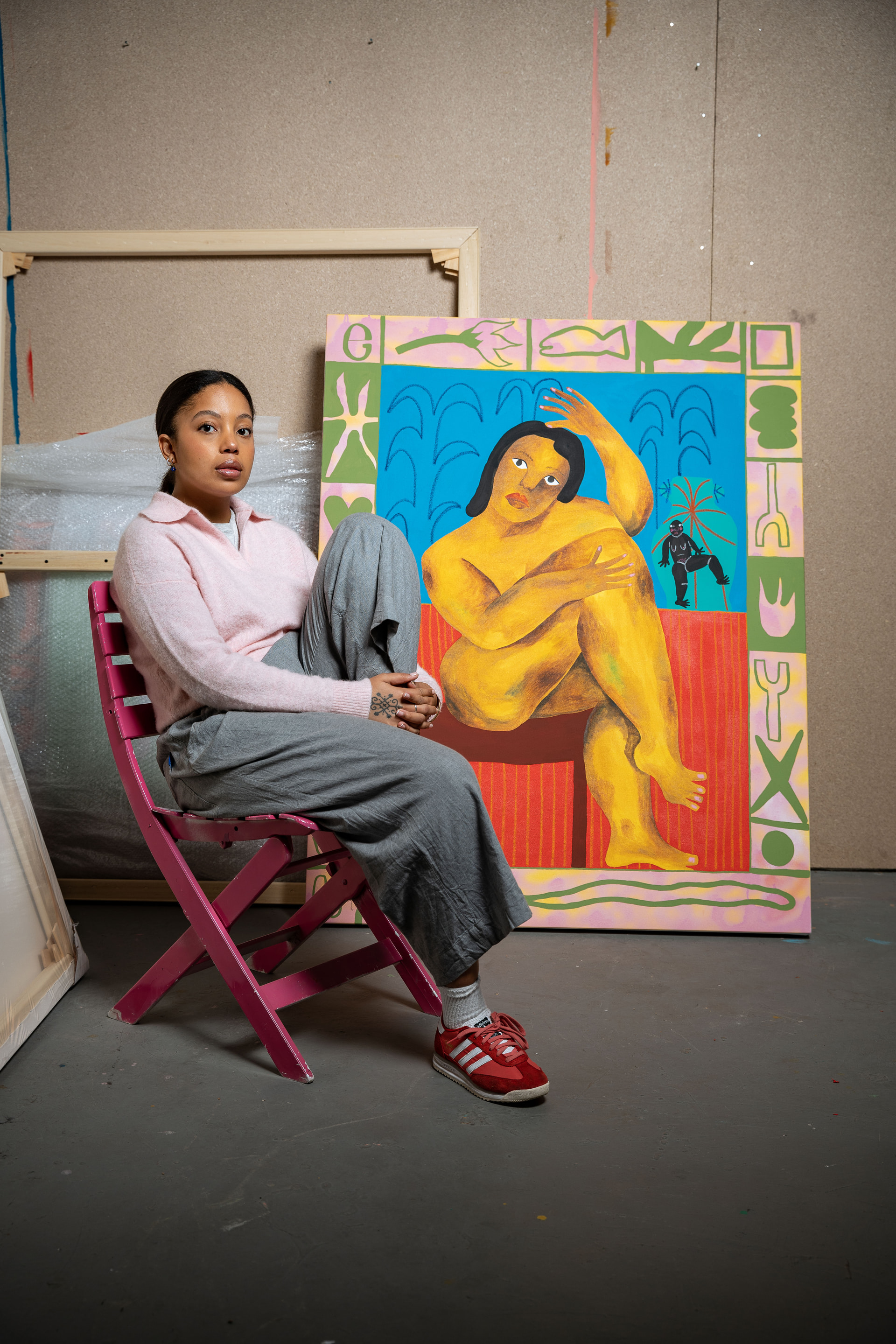
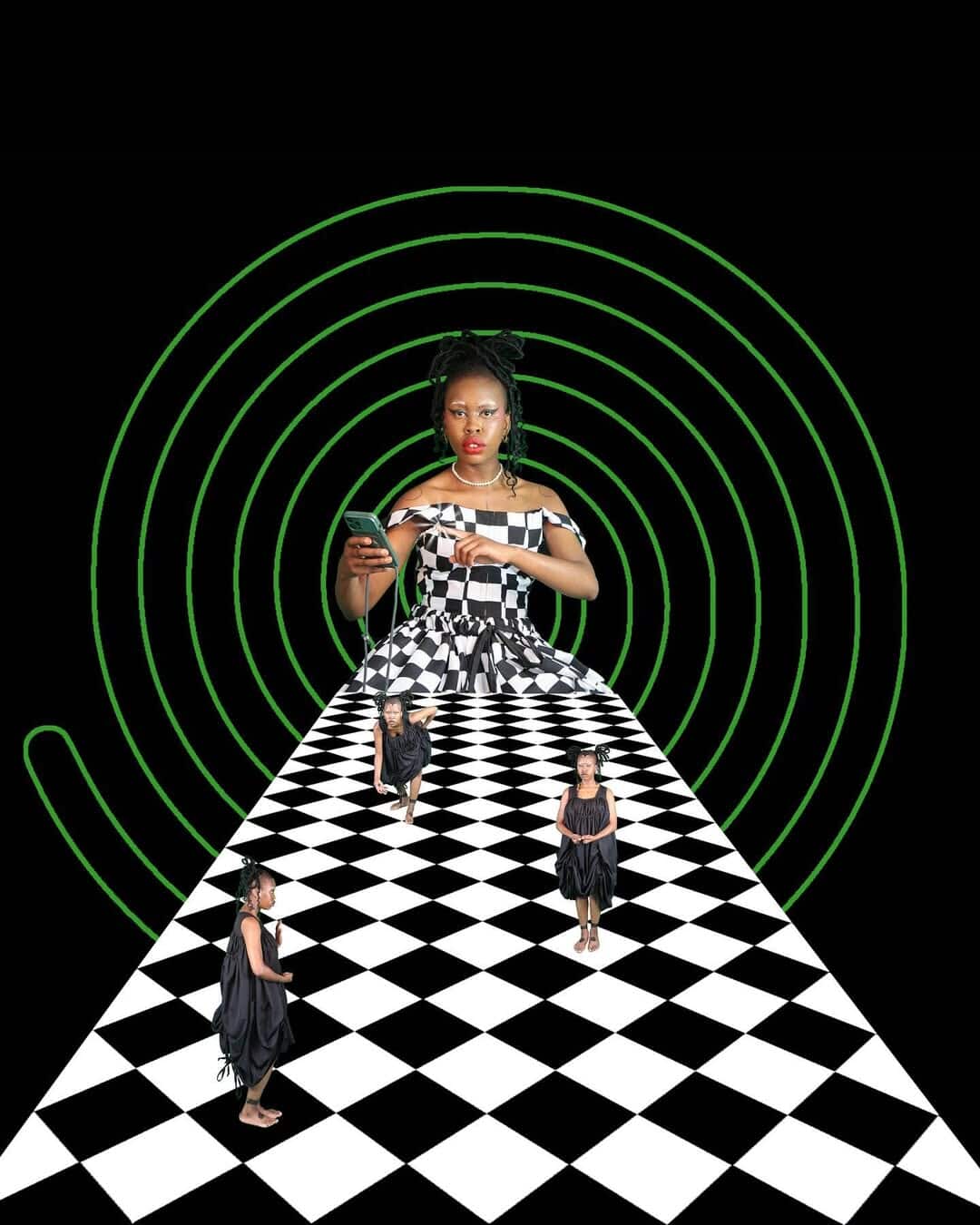
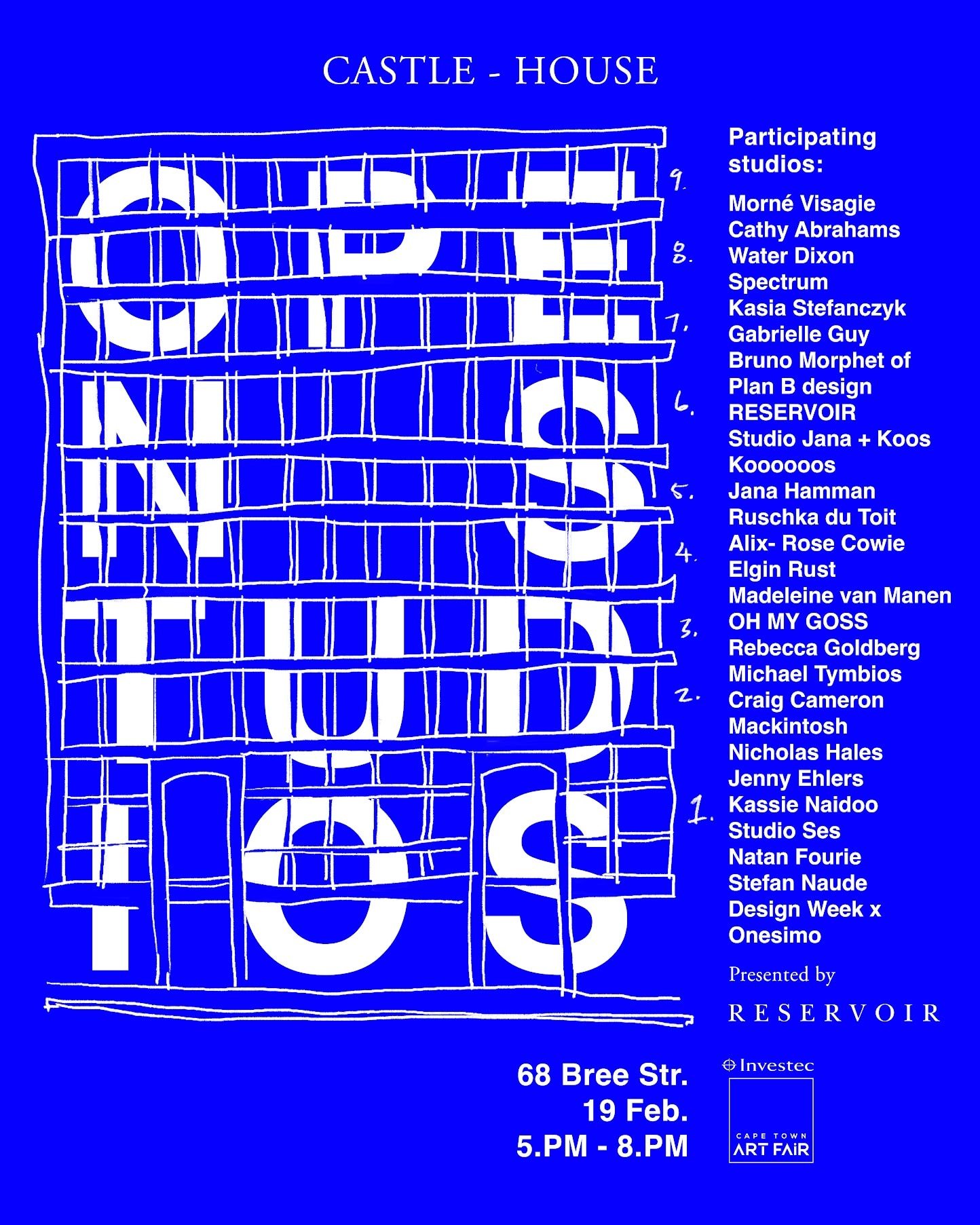

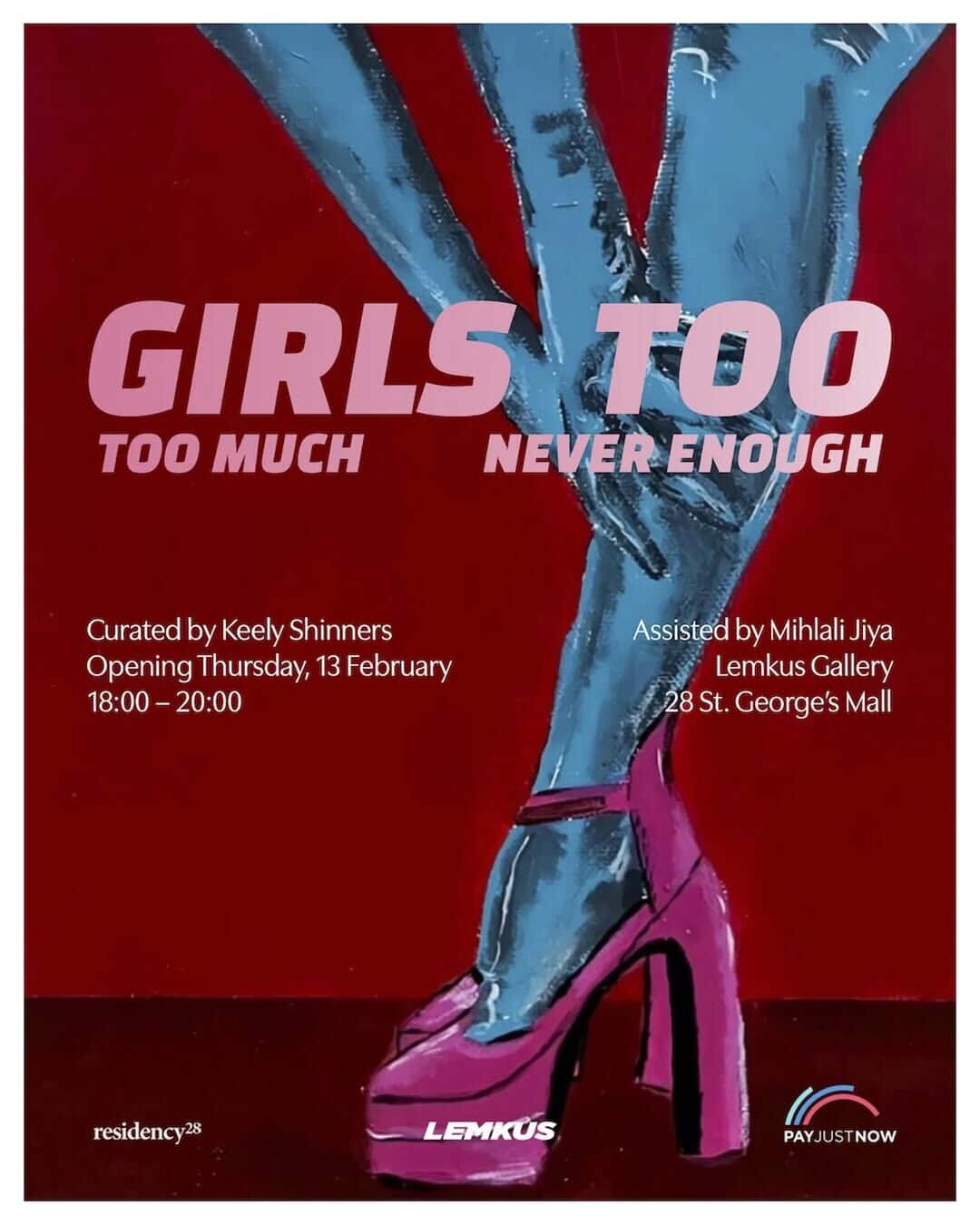
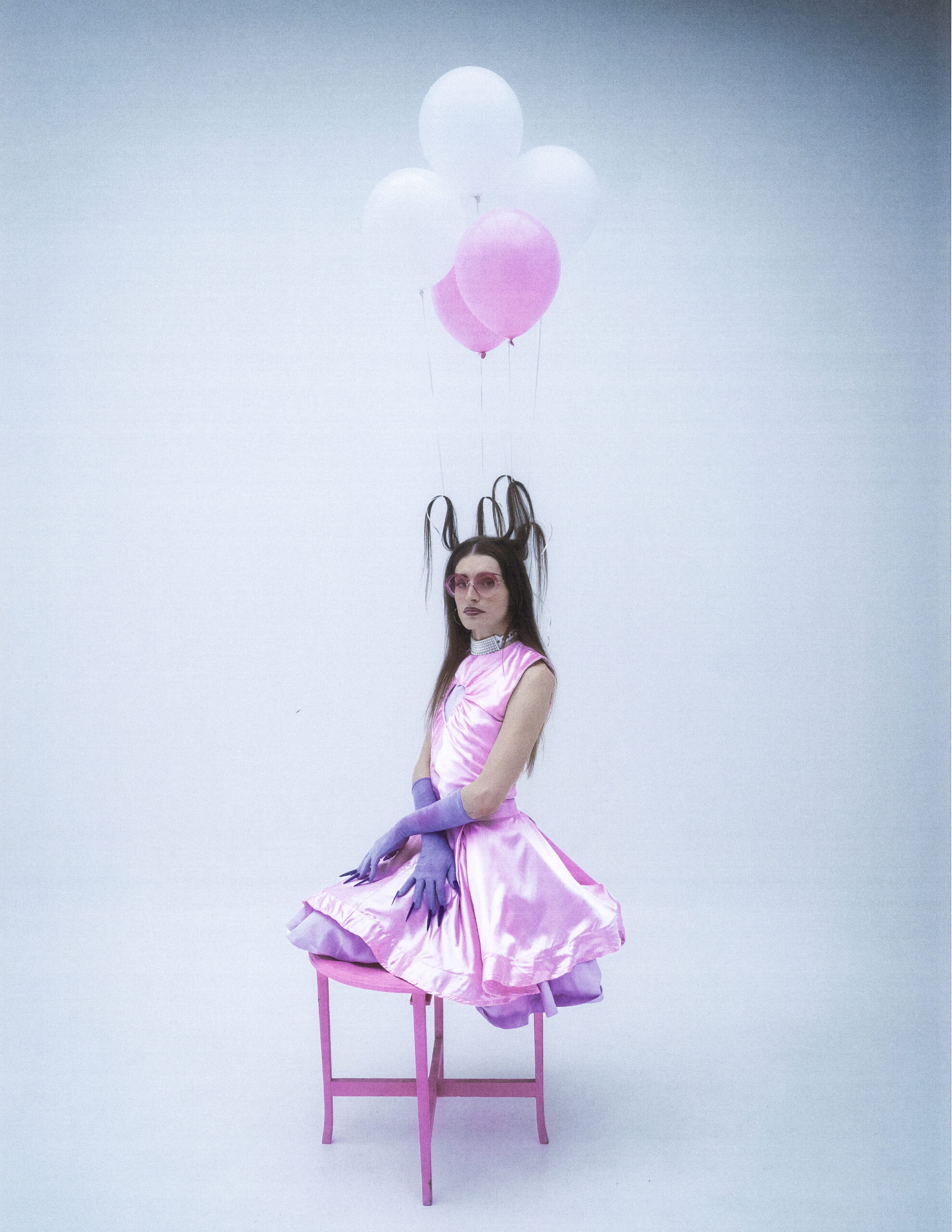
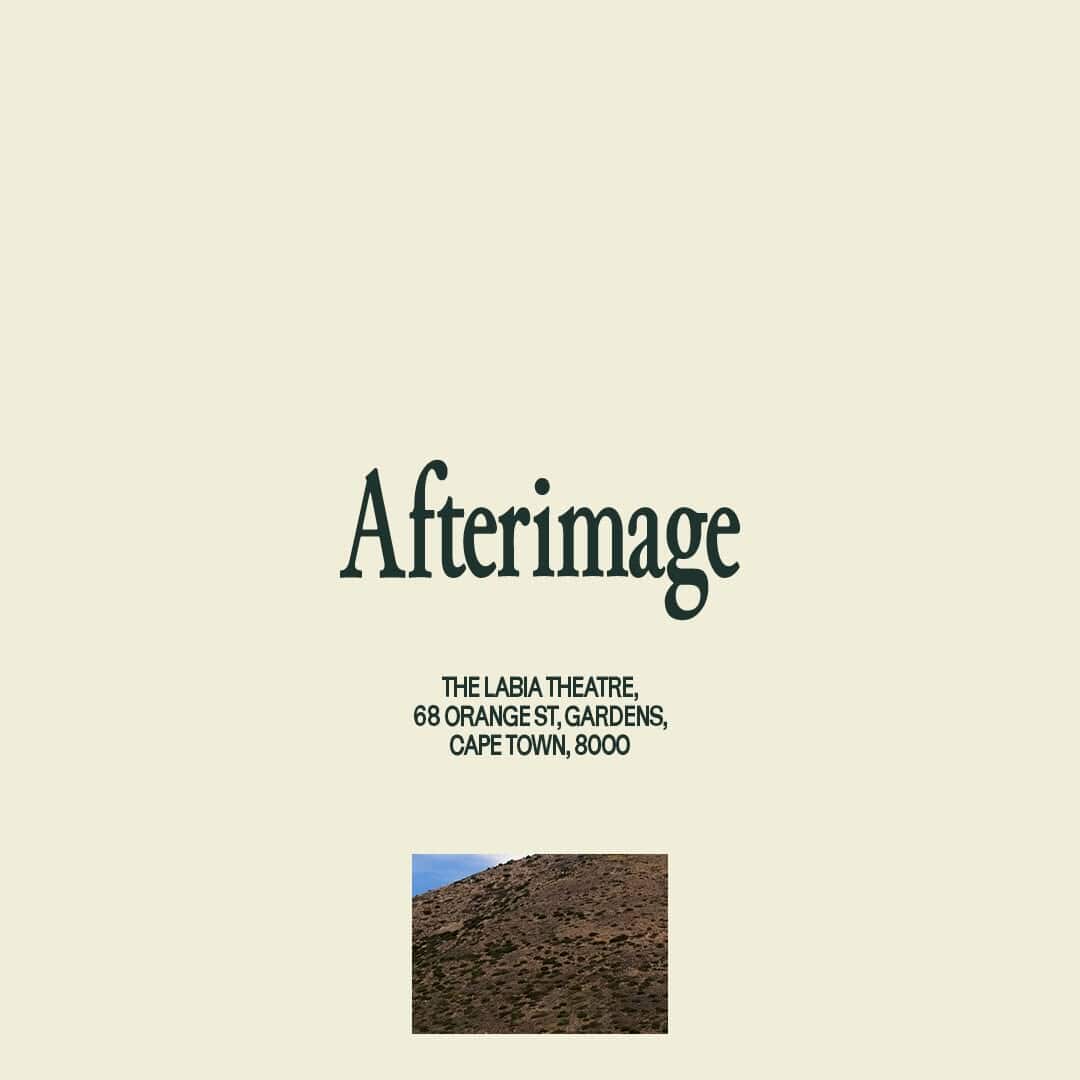


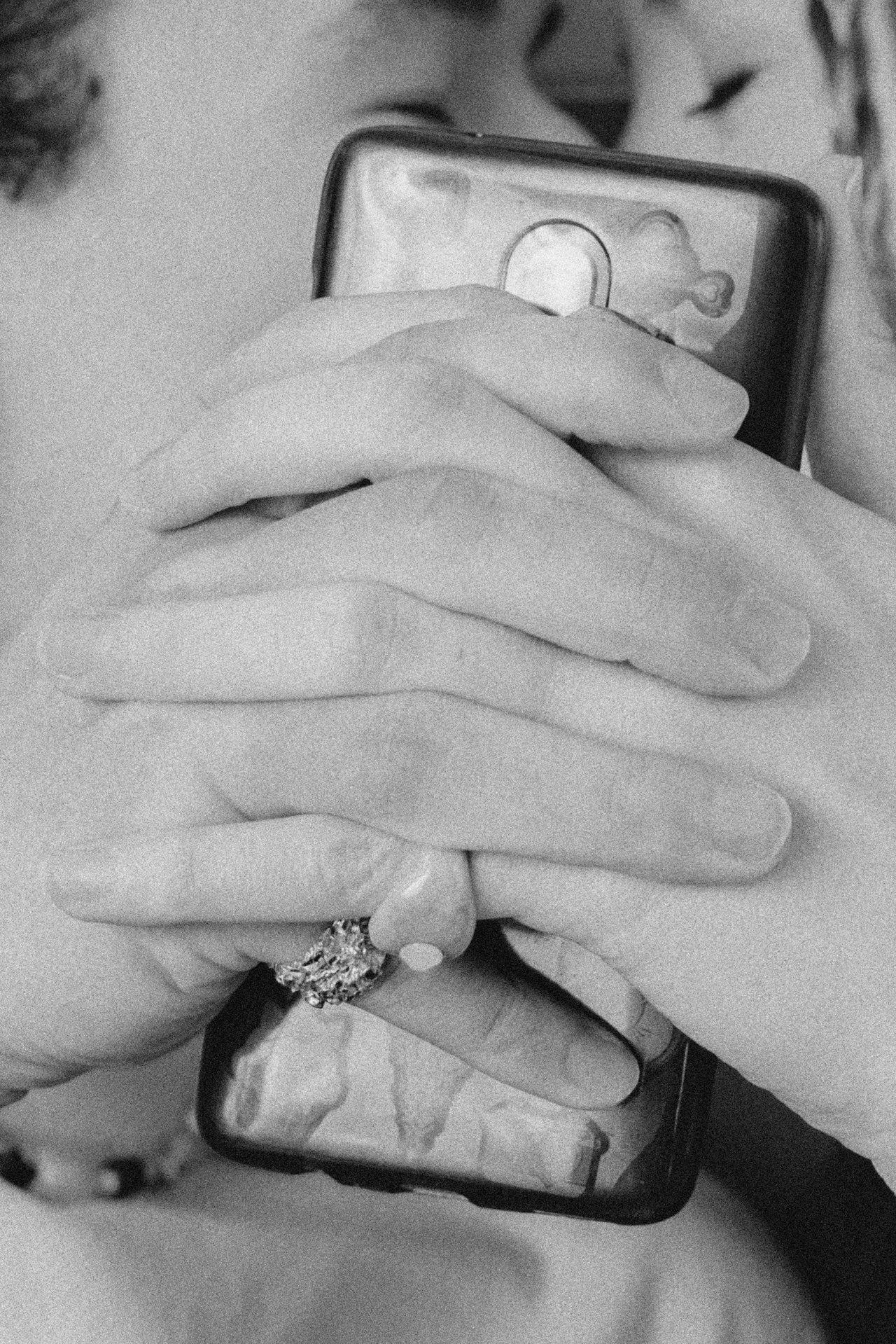

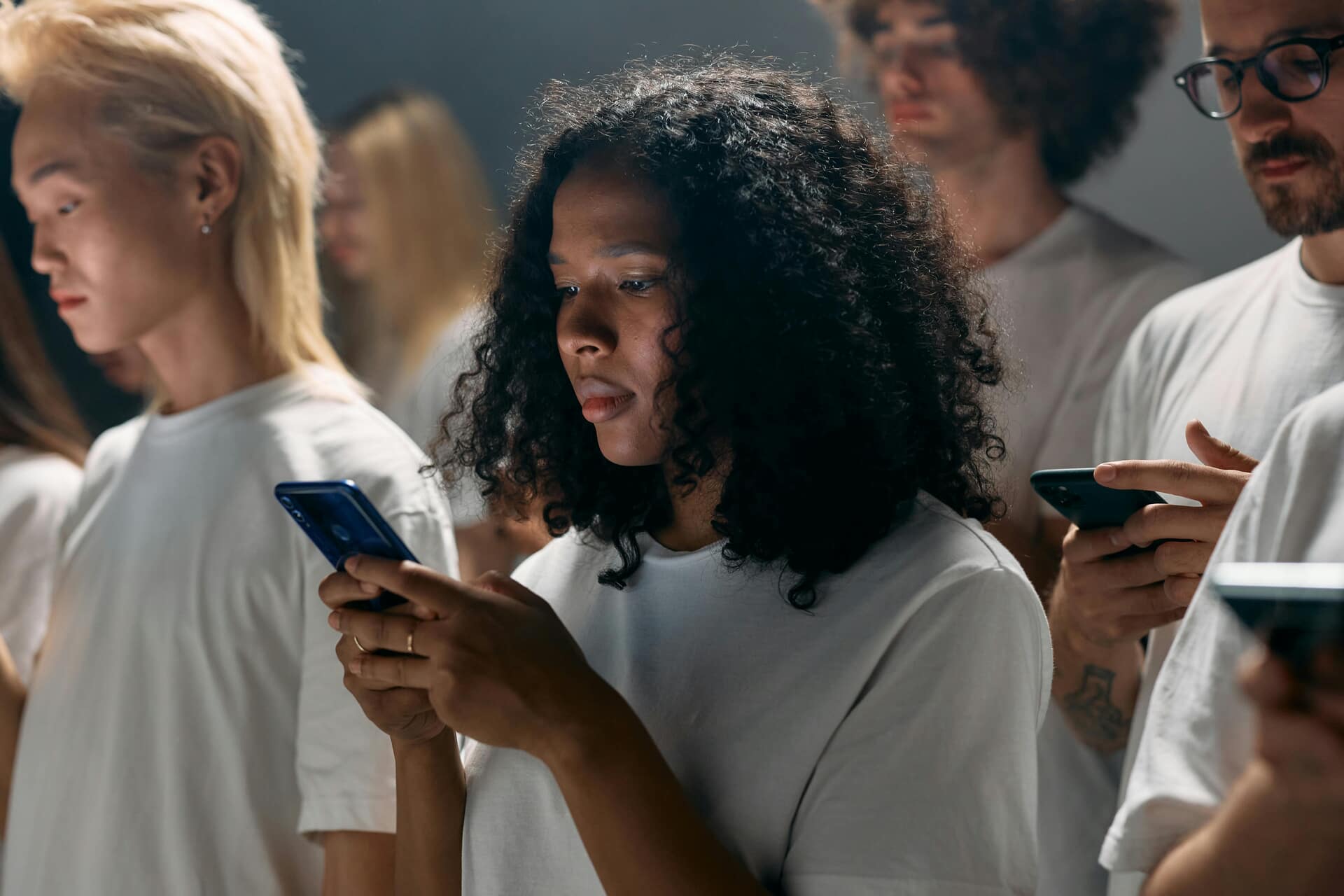
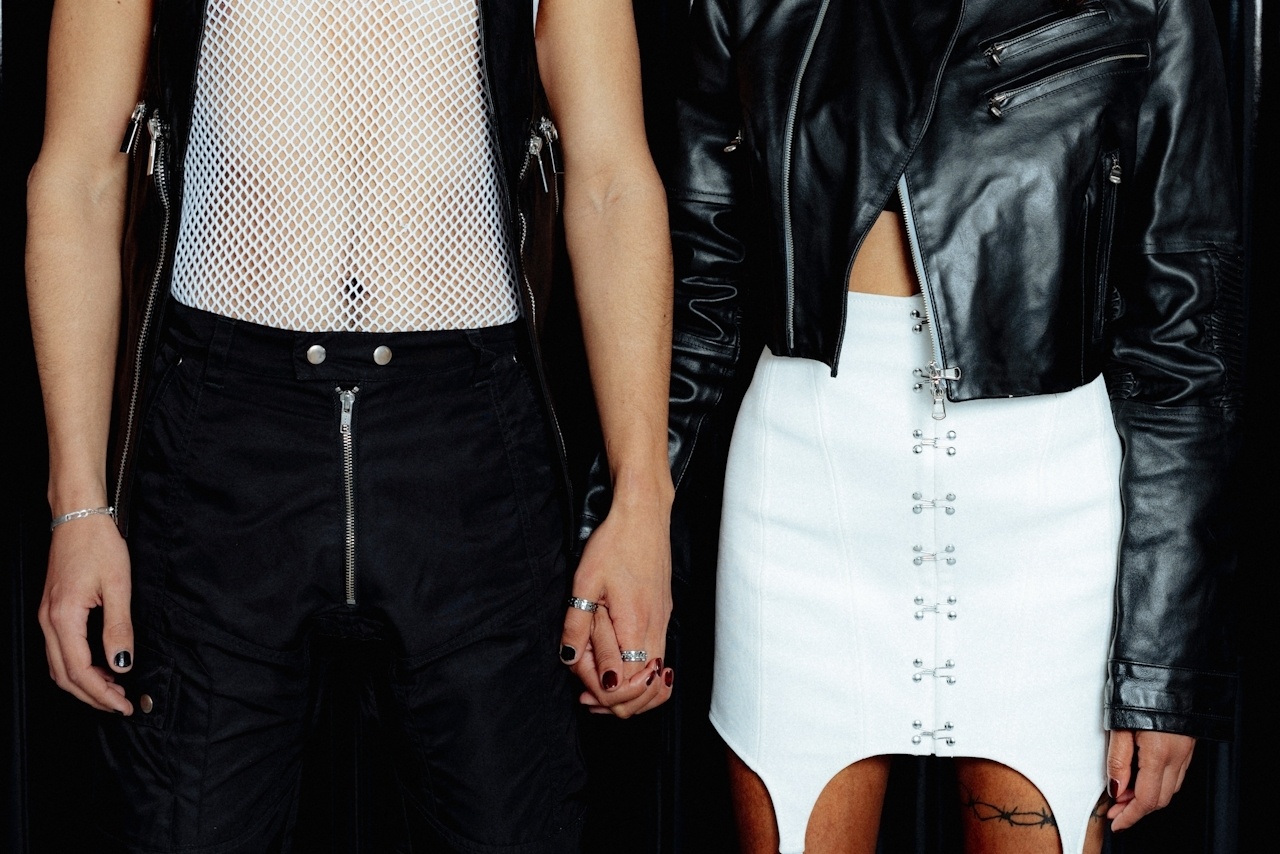


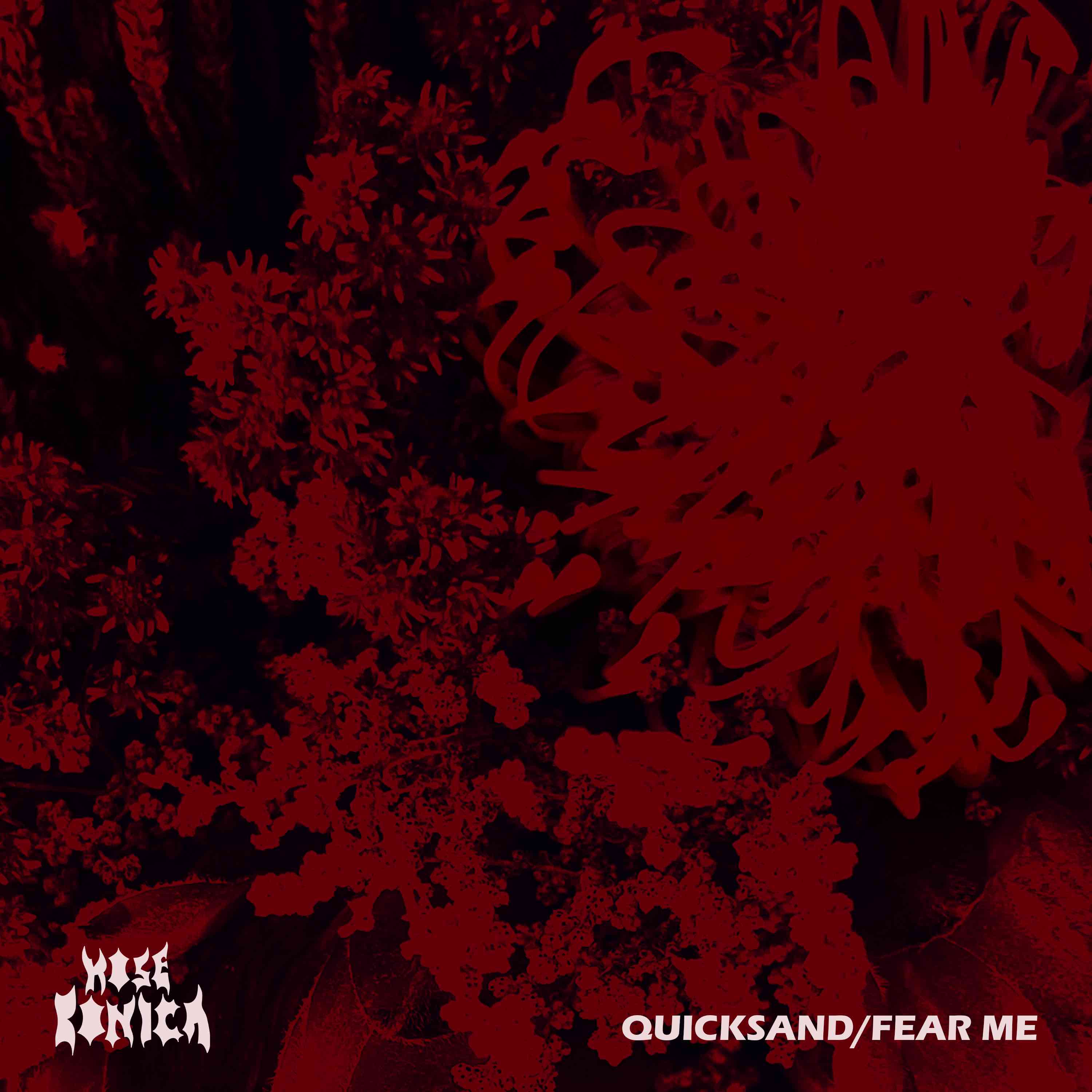

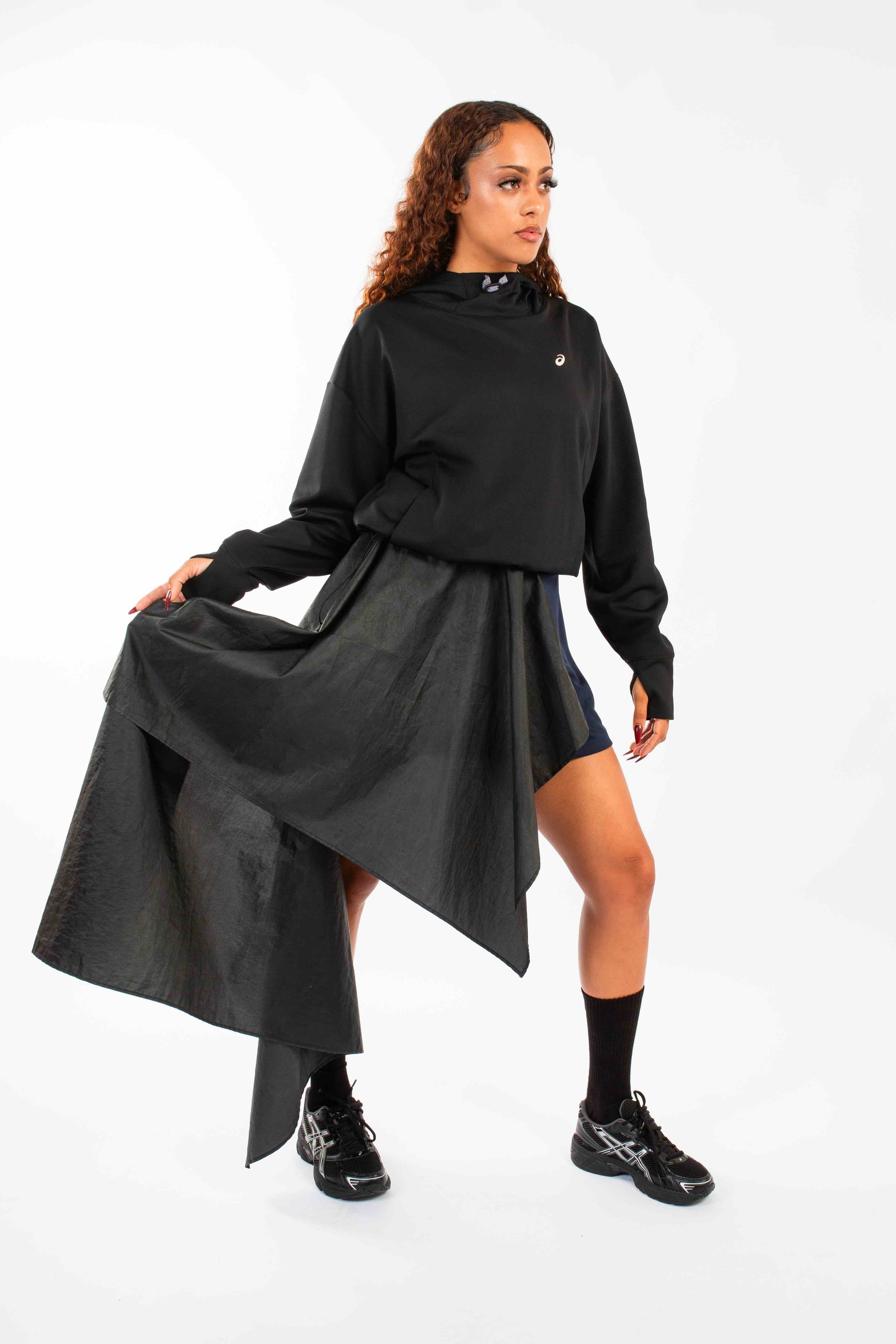
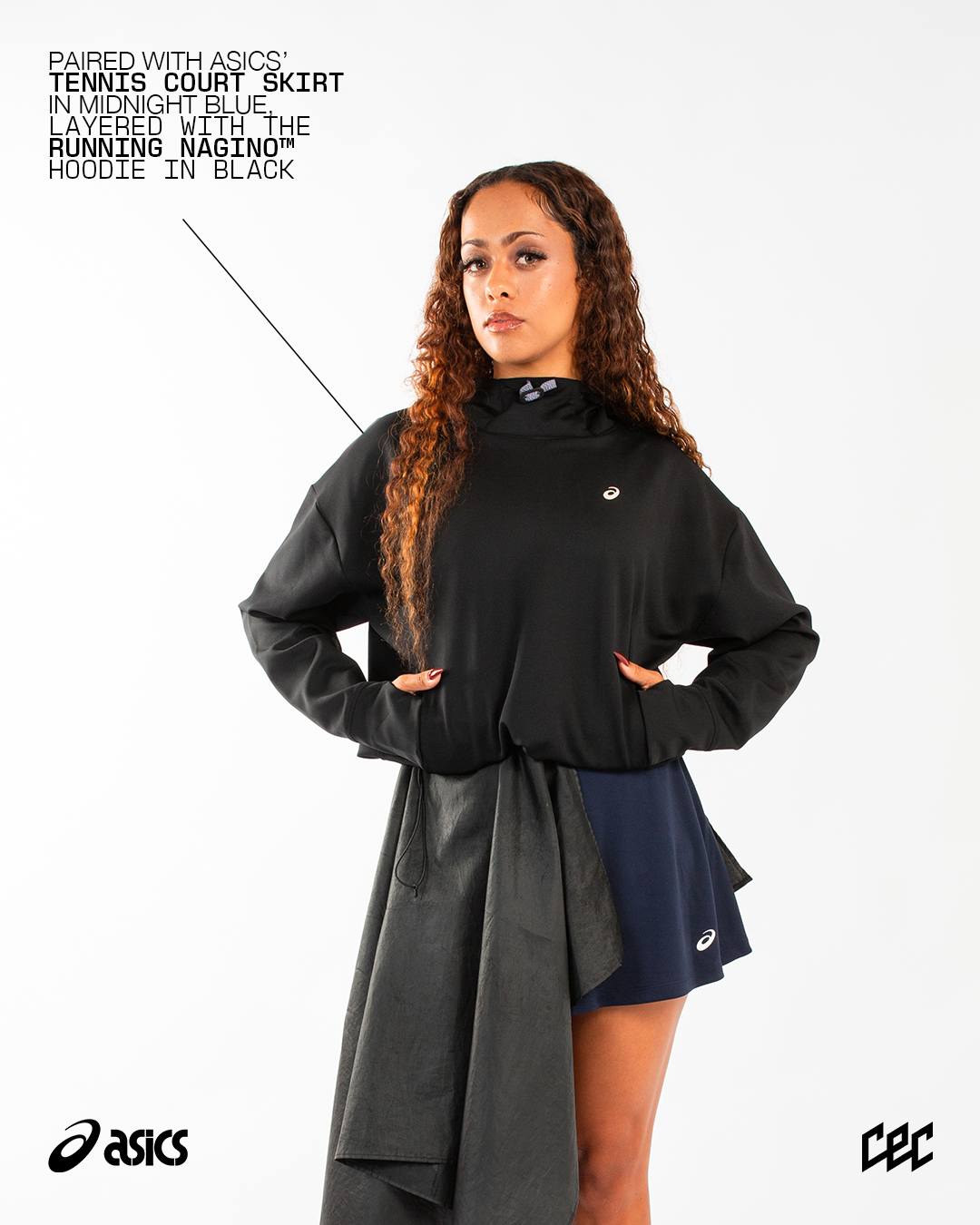

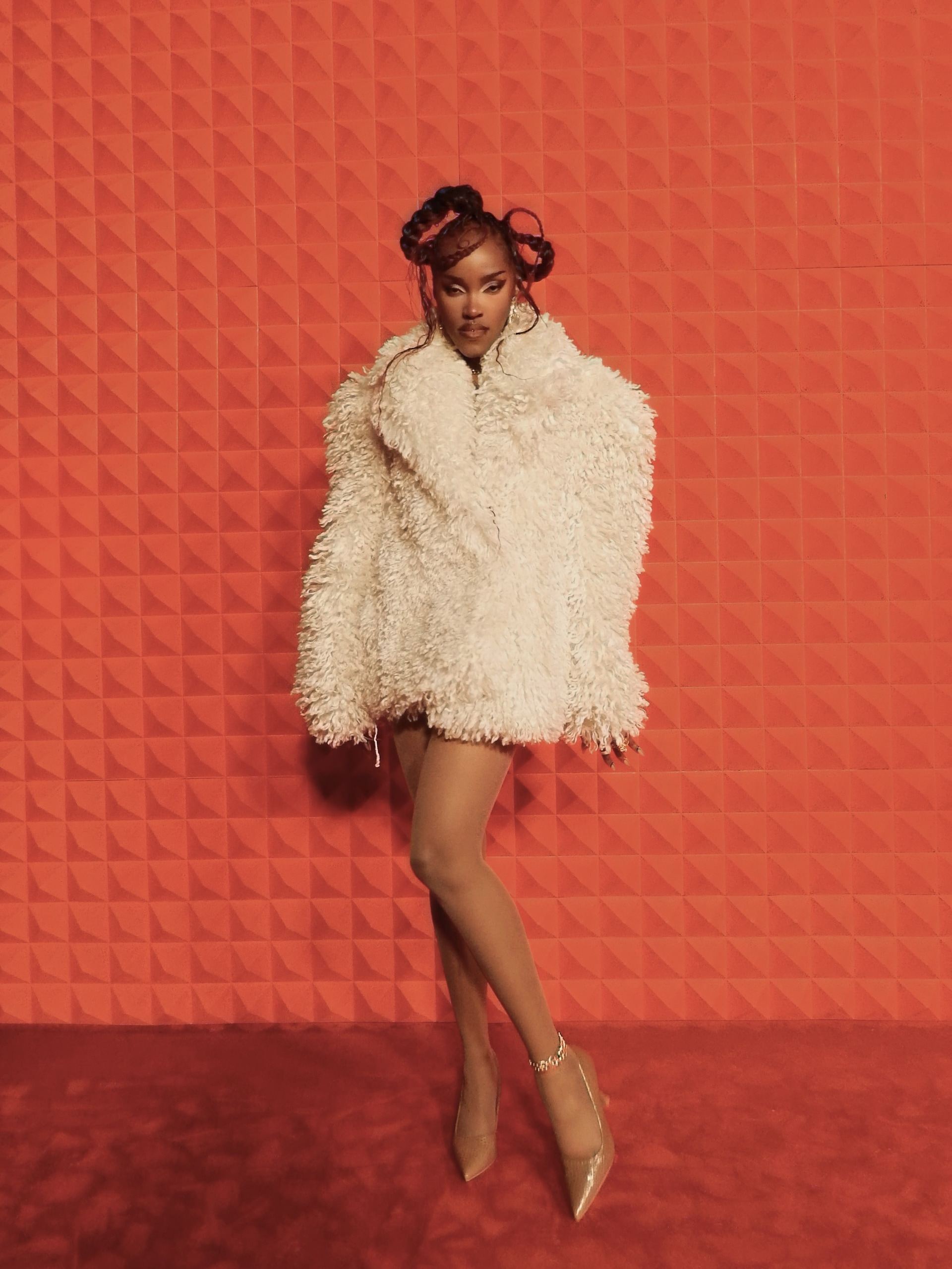
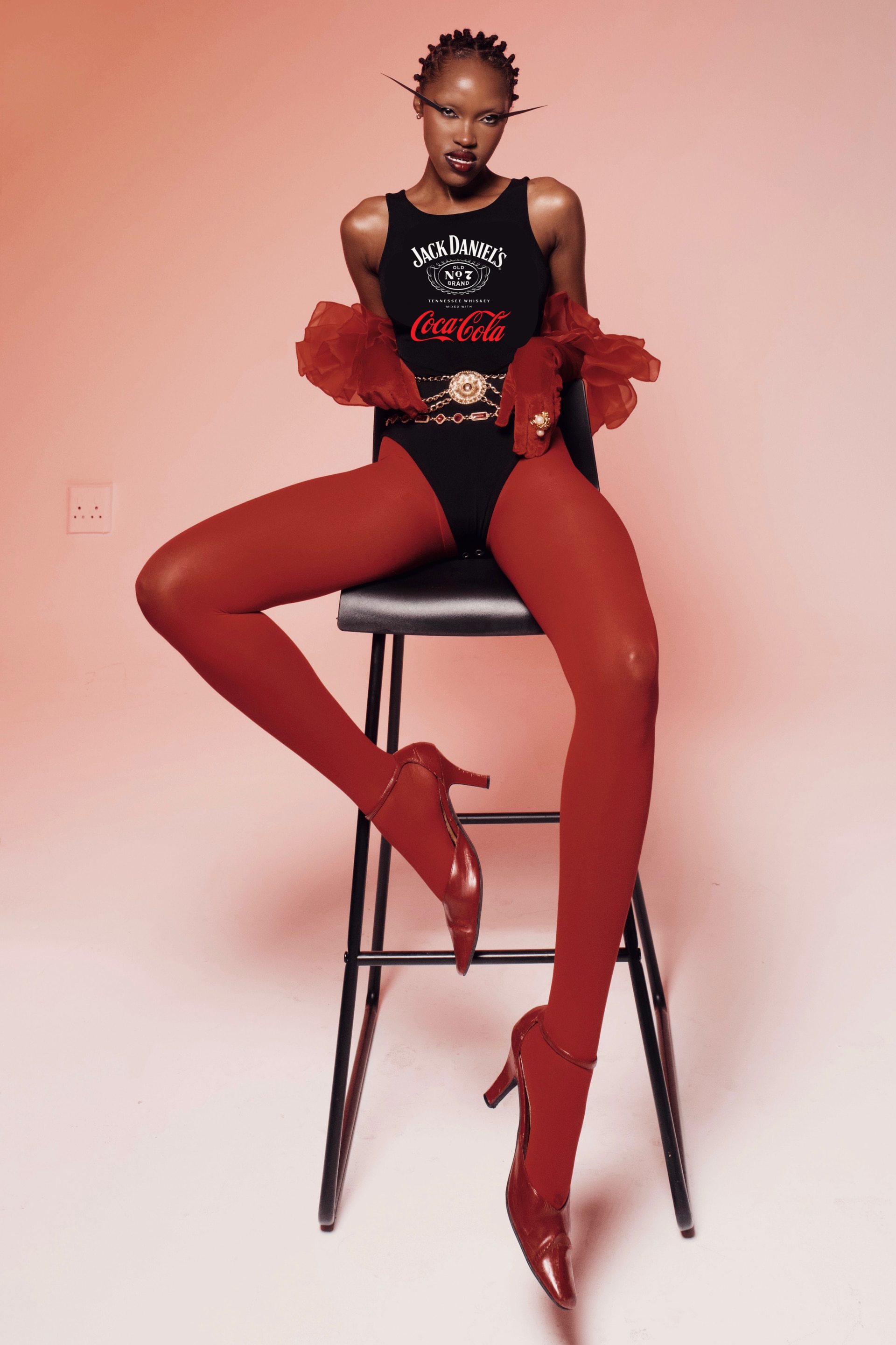
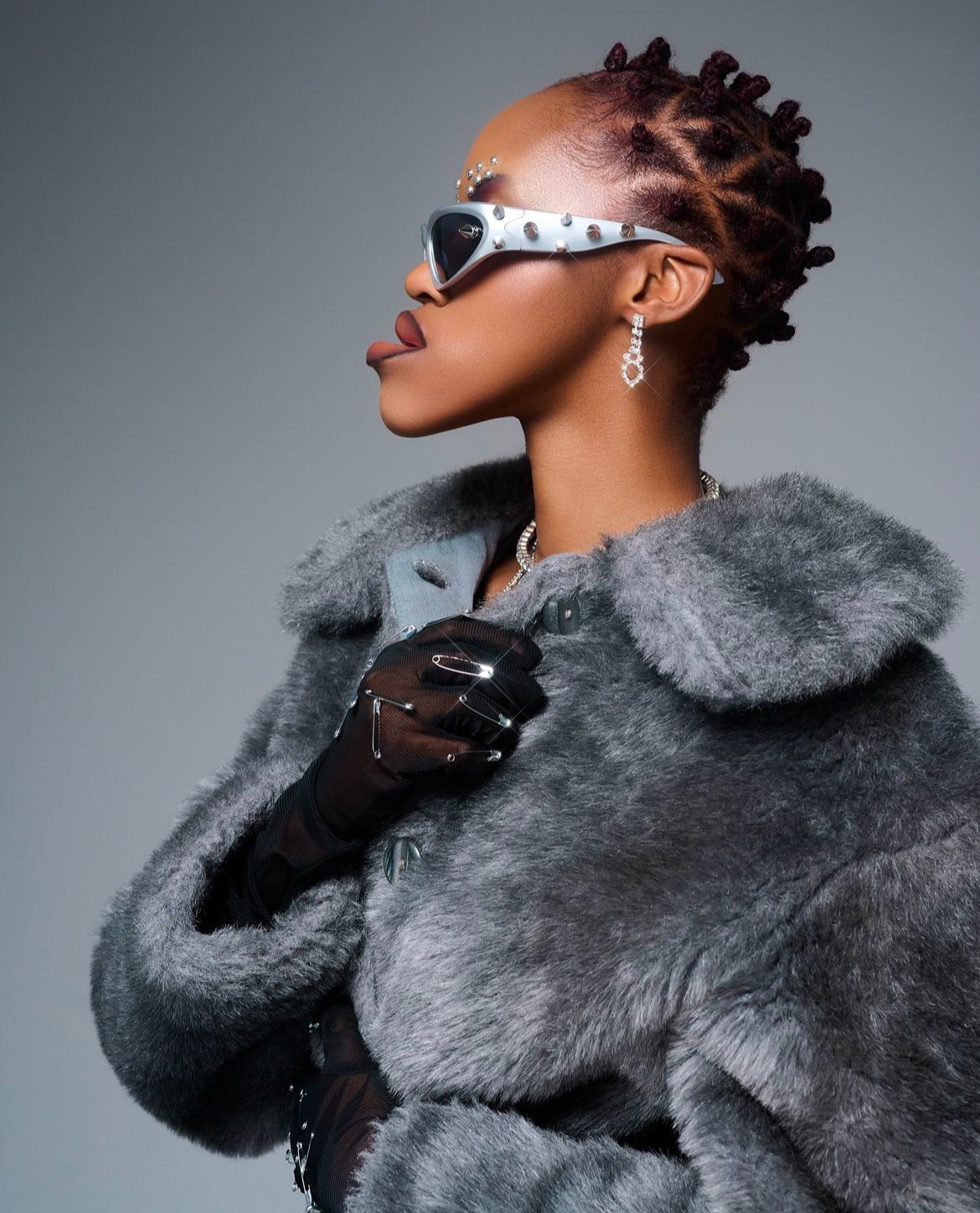
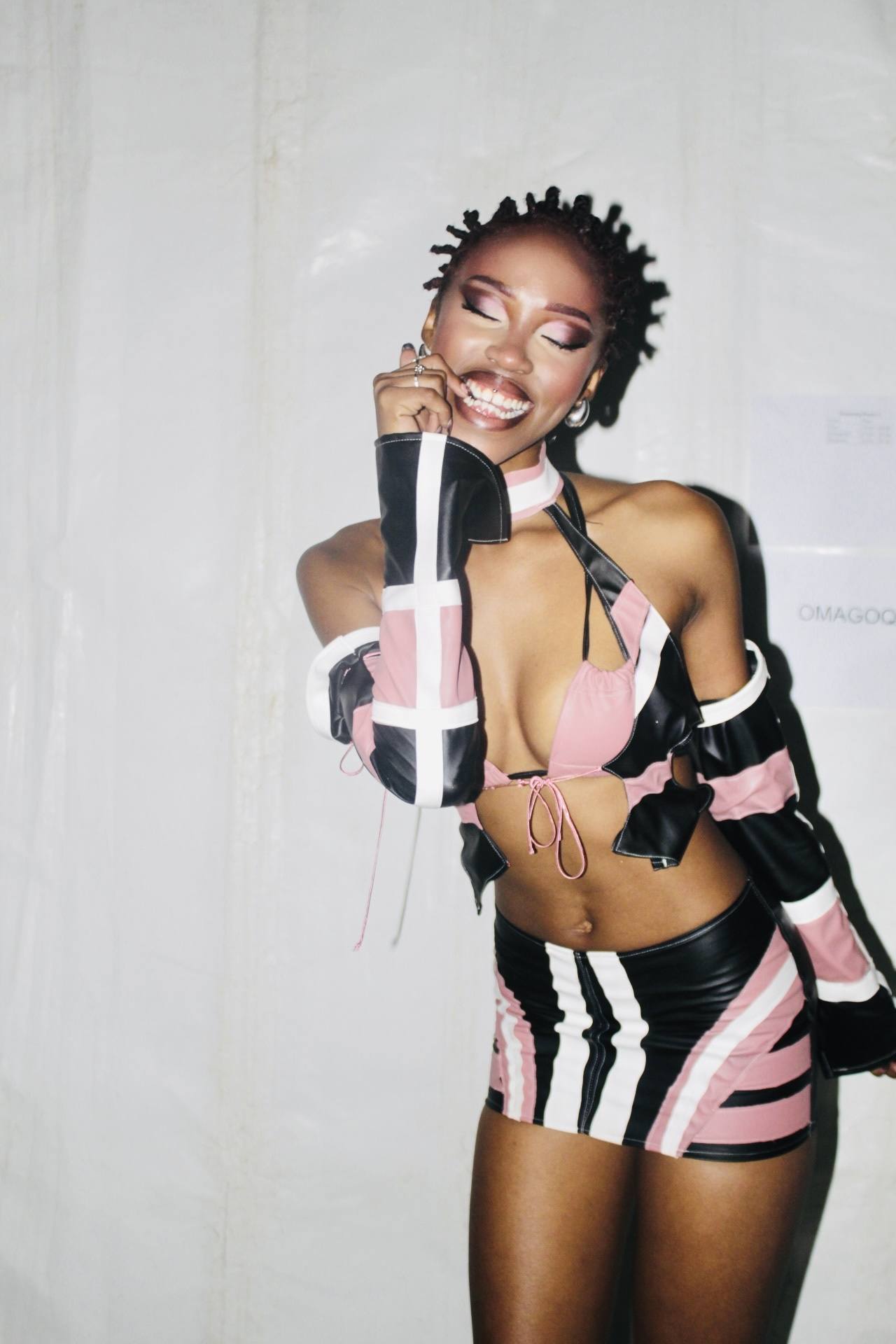

Recent Comments